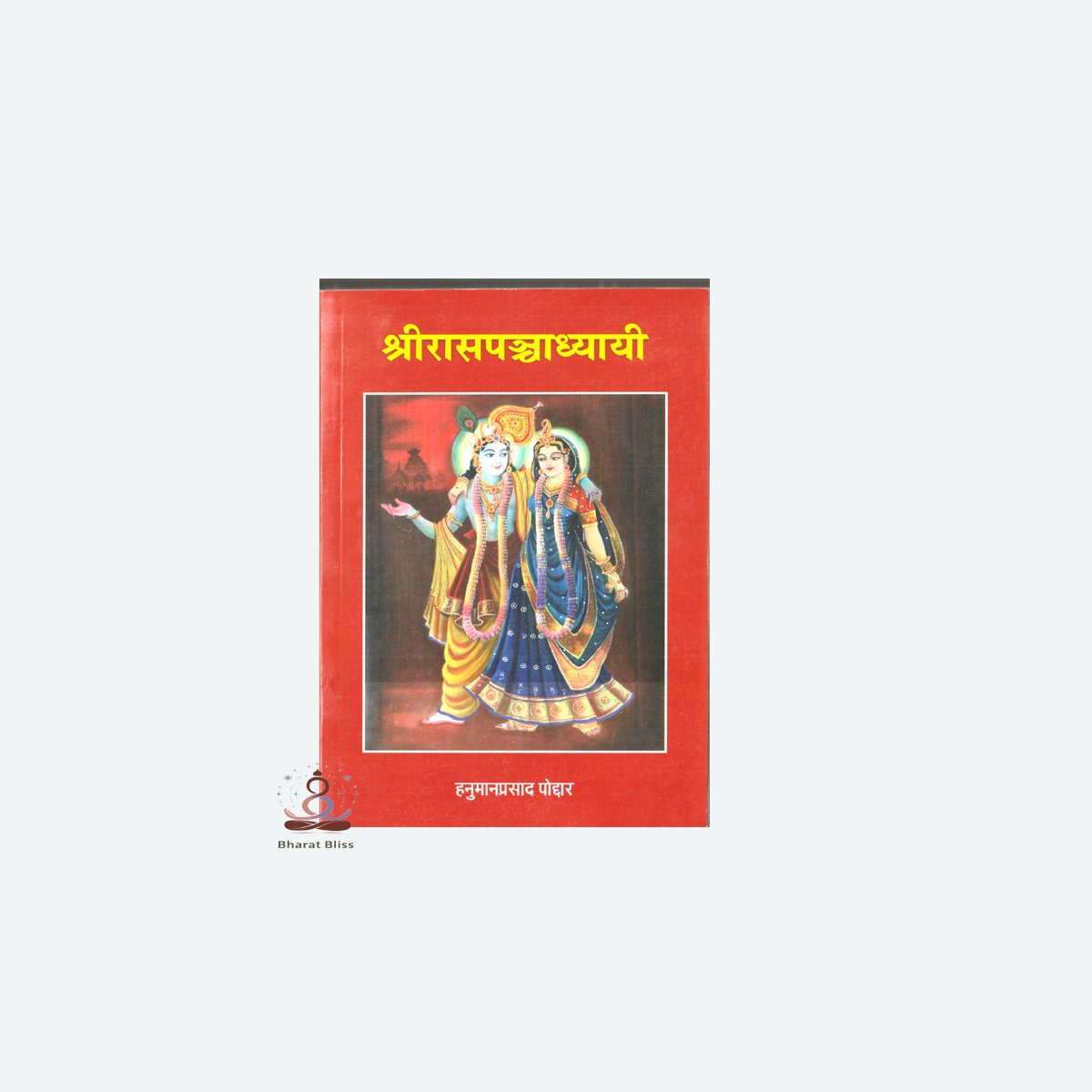Description
Nyaya Darshan is one of the six orthodox (Āstika) schools of Indian philosophy. It is primarily concerned with logic, epistemology (theory of knowledge), and metaphysics. The foundational text of this school is the “Nyaya Sutras” authored by Maharishi Gautama (also known as Akṣapāda Gautama), around the 2nd century BCE.
Nyaya Darshan aims to attain liberation (moksha) through true knowledge, which is gained by logical reasoning and systematic analysis.
Key Features of Nyaya Darshan:
-
Goal – Liberation through True Knowledge:
-
According to Nyaya, ignorance (avidya) is the root cause of all suffering.
-
Liberation (moksha) is attained when ignorance is destroyed through correct knowledge (tattva-jnana).
-
-
Means of Knowledge (Pramāṇas):
Nyaya philosophy recognizes four valid means of knowledge:-
Perception (Pratyaksha): Direct knowledge through the senses.
-
Inference (Anumāna): Knowledge through reasoning and logic.
-
Comparison (Upamāna): Knowledge through analogy or resemblance.
-
Verbal Testimony (Shabda): Knowledge from reliable sources, especially the Vedas.
-
-
Emphasis on Logic and Debate:
-
Nyaya Darshan is highly systematic and analytical.
-
It laid the foundation for Indian logic (Nyaya Shastra).
-
It introduces technical terms for reasoning, debate, fallacies (hetvabhasa), and syllogisms.
-
-
Sixteen Categories (Padarthas):
Nyaya classifies knowledge into 16 fundamental categories, including:-
Pramana (means of knowledge), Prameya (objects of knowledge), Doubt (Samshaya), Purpose (Prayojana), Example (Drishtanta), Conclusion (Siddhanta), etc.
-
This categorization helps in structured logical inquiry.
-
-
Belief in God (Ishvara):
-
Nyaya accepts the existence of a supreme being (Ishvara) who is omniscient and the creator of the universe.
-
However, God is not necessary for the logical process, but is acknowledged for cosmological reasoning.
-
-
Concept of Moksha:
-
Liberation is defined as the cessation of all pain and suffering.
-
It is achieved when the soul becomes free from bondage through knowledge.
-
Importance and Contribution:
-
Nyaya Darshan is the foundation of logical thought in Indian philosophy.
-
It deeply influenced other schools such as Vaisheshika, with which it was later closely integrated.
-
The system promotes critical thinking, debate, and analytical reasoning.
परिचय:
न्याय दर्शन (नैयाय दर्शन) प्राचीन भारतीय दर्शन की एक प्रमुख शाखा है। यह एक आस्तिक दर्शन है, अर्थात यह वेदों की प्रमाणिकता को स्वीकार करता है। न्याय दर्शन का मुख्य उद्देश्य है – सत्य ज्ञान प्राप्त करना और मोक्ष की प्राप्ति करना। इसका प्रमुख ग्रंथ है “न्याय सूत्र”, जिसकी रचना महर्षि गौतम ने की थी।
न्याय दर्शन की प्रमुख विशेषताएँ:
-
ज्ञान और मोक्ष का संबंध:
-
न्याय दर्शन के अनुसार सही ज्ञान (तत्त्वज्ञान) से ही मोक्ष की प्राप्ति होती है।
-
अविद्या ही दुखों का कारण है, और उसका नाश करके आत्मा को बंधन से मुक्त किया जा सकता है।
-
-
-
न्याय दर्शन चार प्रमाणों को मानता है, जिनसे ज्ञान प्राप्त होता है:
-
प्रत्यक्ष (इंद्रियों द्वारा अनुभव)
-
अनुमान (तर्क द्वारा ज्ञान)
-
उपमान (सादृश्य के द्वारा ज्ञान)
-
शब्द (प्रामाणिक व्यक्ति या वेदवाक्य)
-
-
-
अनुमान (तर्कशक्ति) का विशेष स्थान:
-
न्याय दर्शन में तर्क और विश्लेषण को बहुत महत्व दिया गया है।
-
तर्क के द्वारा सत्य और असत्य में भेद किया जाता है।
-
-
पदार्थ शास्त्र (सृष्टि का विश्लेषण):
-
न्याय दर्शन ने विश्व को सोलह (16) पदार्थों में विभाजित किया है, जैसे – आत्मा, मन, इंद्रियाँ, बुद्धि, इच्छा, द्वेष, प्रयत्न, सुख, दुख आदि।
-
-
ईश्वर का अस्तित्व:
-
यह दर्शन ईश्वर को सर्वज्ञ और सृष्टिकर्ता मानता है।
-
न्याय दर्शन में ईश्वर को न्याय व्यवस्था का आधार बताया गया है।
-
-
-
मोक्ष को दुखों की पूर्ण निवृत्ति और आत्मा की स्वतंत्रता के रूप में देखा गया है।
-
न्याय दर्शन के योगदान:
-
भारतीय दर्शन में तर्कशास्त्र की नींव न्याय दर्शन ने रखी।
-
यह दर्शन तथ्यों की विवेचना, प्रश्न पूछने और उत्तर खोजने की परंपरा को बढ़ावा देता है।
-
बाद में विकसित वैशेषिक दर्शन के साथ इसका घनिष्ठ संबंध है।
Only logged in customers who have purchased this product may leave a review.













Reviews
There are no reviews yet.